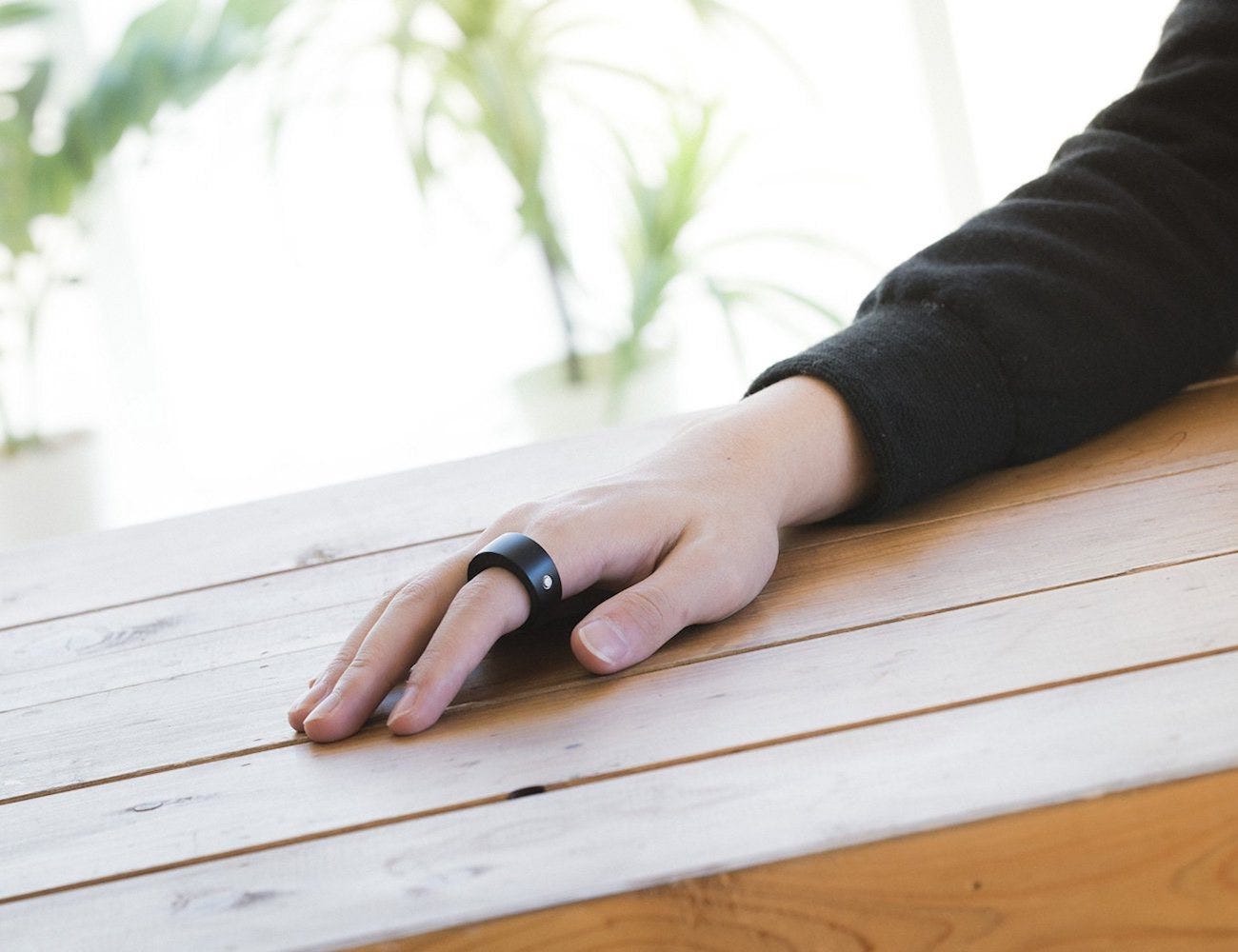Do you want to be on the cusp of exciting new technologies? Look no further than gesture control devices. Putting movements into action is a new way of interacting with devices.
At the most basic level, digital computers offer contactless operation, which makes them particularly valuable when accessibility, comfort and hygiene are essential. In healthcare, for example, gesture recognition technology supports patient monitoring, rehabilitation and surgery.

However, gesture recognition is used in various fields, with new applications on the horizon. Here is a guide to the basics of gesture control technology, as well as the 4 best gesture control devices that may prove useful.
What is gesture control?
Gesture recognition technology, the basis of gesture control, has many advantages over traditional methods. You don’t need to learn how to use new devices because you depend on your natural movements. You can also use different gestures for different tasks to make the interaction more flexible and intuitive in games, healthcare, education and beyond.
Gesture recognition enables virtual gesture control that allows users to manipulate virtual environments with their real-world gestures. Take, for example, VR games where you can swing a sword with a wave of your hand for an immersive and fun experience.
Traditional ways of interacting with computers, such as typing on a keyboard or clicking with the mouse, may seem limiting because they are linked to specific actions. However, gesture recognition and motion control allow you to interact more naturally using hand movements or body gestures. This makes the whole experience more intuitive and pleasant for users. Let’s look at the specifics of how gesture control works.

How does gesture control work?
Almost all gesture recognition technologies rely on machine learning or artificial intelligence algorithms to interpret gestures. Deep learning, a subset of machine learning, has a variety of applications in gesture recognition and motion control. Thanks to deep learning models, computers are becoming able to recognize human gestures and control devices or systems. Gesture control systems use deep learning models such as convolutional neural networks (CNN) and recurrent neural networks (RNN) to learn the characteristics of gesture data and accurately recognize actions, thus achieving more efficient and accurate gesture control.
A notable example of machine learning in gesture control devices is Microsoft’s Kinect. Before its recent shutdown, the sensor used a webcam-style peripheral for gesture and voice control, eliminating the need for a traditional game controller.

With the progress of gesture control technology, new products are coming on the market that promise comfort and pleasure. Do you find a gesture control device that meets your needs?




